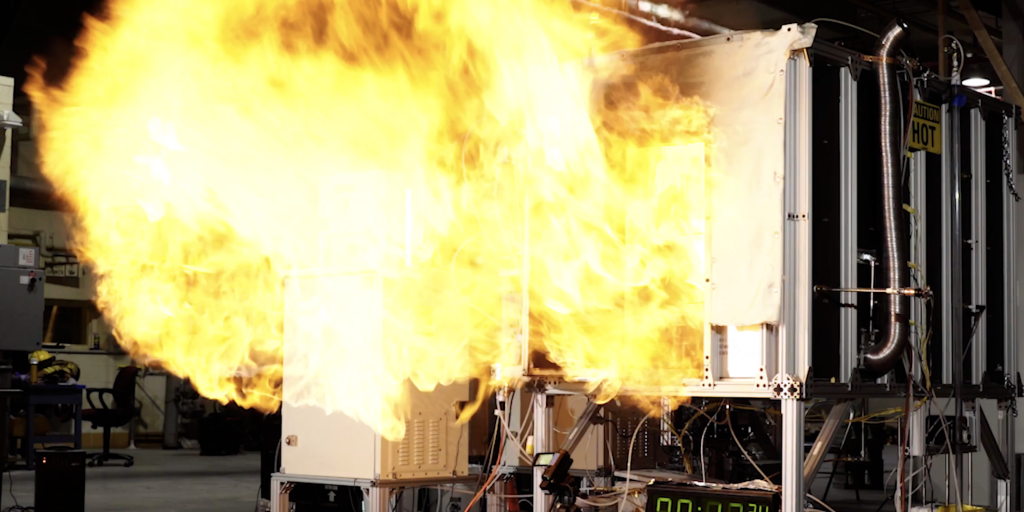A lack of oxygen can reduce even the most furious flame to smoldering ash. But when fresh air rushes in, say after a firefighter opens a window or door to a room, the blaze may be suddenly and violently resurrected. This explosive phenomenon, called backdraft, can be lethal and has been challenging for firefighters to anticipate.
Now, researchers at the National Institute of Standards and Technology (NIST) have hatched a plan for informing firefighters of what dangers lie behind closed doors. The team obtained data from hundreds of backdrafts in the lab to use as a basis for a model that can predict backdrafts. The results of a new study, described at the 2022 Suppression, Detection and Signaling Research and Applications Conference, suggest that the model offers a viable solution to make predictions based on particular measurements. In the future, the team seeks to implement the technology into small-scale devices that firefighters could deploy in the field to avoid or adapt to dangerous conditions.


